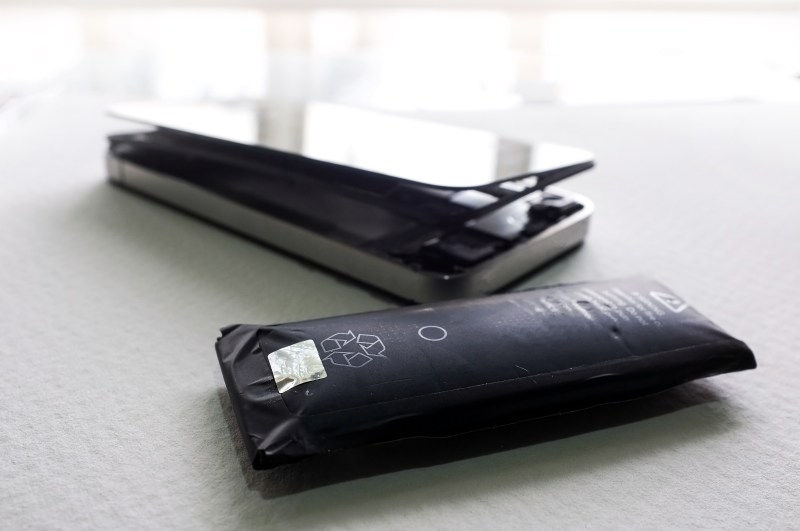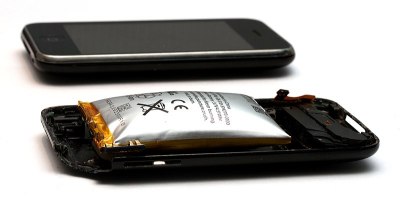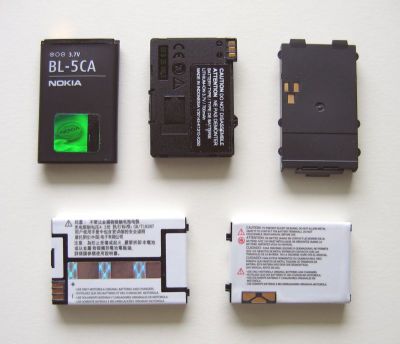
Back in the day, just about everything that used a battery had a hatch or a hutch that you could open to pull it out and replace it if need be. Whether it was a radio, a cordless phone, or a cellphone, it was a cinch to swap out a battery.
These days, many devices hide their batteries, deep beneath tamper-proof stickers and warnings that state there are “no user serviceable components inside.” The EU wants to change all that, though, and has voted to mandate that everything from cellphones to e-bikes must have easily replaceable batteries, with the legislation coming into effect as soon as 2024.
Back To The Old Ways

Once upon a time, most batteries in common use were primary cells – single-use items that could not be recharged and were intended to be discarded after use. Naturally, this meant that appliances relying on battery power had provisions to make swapping cells out a quick and easy process.
Fast forward to the modern day. Many of our appliances, and particularly our phones, rely on rechargeable lithium batteries. Since they’re rechargeable, manufacturers decided we no longer needed to replace them, and started sealing them away inside devices where they were free from the meddling fingers of the unwashed masses.
Many reasons are commonly cited for this change in design ethos. Some claim it’s to provide the customer with a cleaner, fuss-free user experience, while others cite the packaging and miniaturization benefits of a device with a permanently-installed battery. It also makes it easier to waterproof a product, a feature that has been a particularly difficult design challenge on the smartphone market.
However, such designs come with the drawback that if the battery does fail, the device becomes useless, and is often thrown away. While one can perform surgery on modern smartphones and other devices with dead batteries, it’s a process fraught with danger for the inexperienced and can lead to damage or destruction of the device itself. And just as importantly, how do you recycle the battery if you can’t remove it?

As part of the EU’s new battery regulations, all this is set to change. The text of these regulations is one that mandates that batteries be easily removable, replaceable, and recyclable in a wide range of devices. This includes smartphones and other typical consumer appliances, as well as batteries for “light means of transport” such as e-bikes and e-scooters.
By January 1, 2024, these devices must be designed such that batteries can be safely removed and replaced using “basic and commonly available tools” and “without causing damage to the appliance or batteries.” Manufacturers must also provide documentation for the removal and replacement procedure. This documentation must also be provided online for the duration of a product’s expected lifetime.
It’s a measure that could drastically change the design of all manner of technology for the EU market. All kinds of appliances use integrated, hidden batteries these days – everything from top-tier smartphones to action cameras and electric shavers. All of these products would have to be redesigned to allow batteries to be removed and replaced easily.
Of course, it’s not impossible, by any means. It was only five or so years ago that many smartphones had removable batteries as standard. It will, however, require engineers to go back to the drawing board, and perhaps make some trade-offs when it comes to slimness, materials, and style. It’s a punchy move from the EU, much in the same vein as its push to standardize chargers throughout the smartphone industry. Like that legislation, this measure could be a big win for consumers tired of throwing out devices with irreplaceable batteries.

remove or replace the built-in rechargeable
battery.” Credit: moo.review, CC-BA-2.0
The EU isn’t just mandating replaceability when it comes to its war on e-waste, either. It comes along with a big push towards a more “circular economy” which relies more on recycling existing materials rather than relying solely on digging up new ones. Targets for collecting used portable batteries will be mandated, starting at a 45% collection rate by the end of 2023 and ramping up to 80% by the end of 2030. The law also mandates collection for all automotive, industrial, and electric vehicle batteries.
There’s also measures to mandate sustainability in battery production. For industrial and electric vehicle batteries, starting in 2030, these batteries should use a percentage of materials from recycled batteries. 12% of cobalt, 85% of lead, 4% of lithium, and 4% of nickel used in a battery should be from recovered sources. This steps up to 20% of cobalt, 10% of lithium, 12% of nickel by 2035, with the lead fraction remaining the same as the recycling infrastructure for that metal is already in place.
There’s a lot of good that could come from this legislation. The pressure on mining operations will be lower, and environmental impacts reduced, as recycling becomes a key part of the battery production supply chain. Additionally, there’ll be less need to toss out a device suffering battery issues, with replacement straightforward and easy. The trade-off is that companies will have to work a little harder to accommodate these requirements, and some designs may suffer a minor weight or size penalty in the meantime. But if that gives us longer-lived electrical gizmos and facilitates lithium recycling, it’s hard to argue against.
0 Commentaires